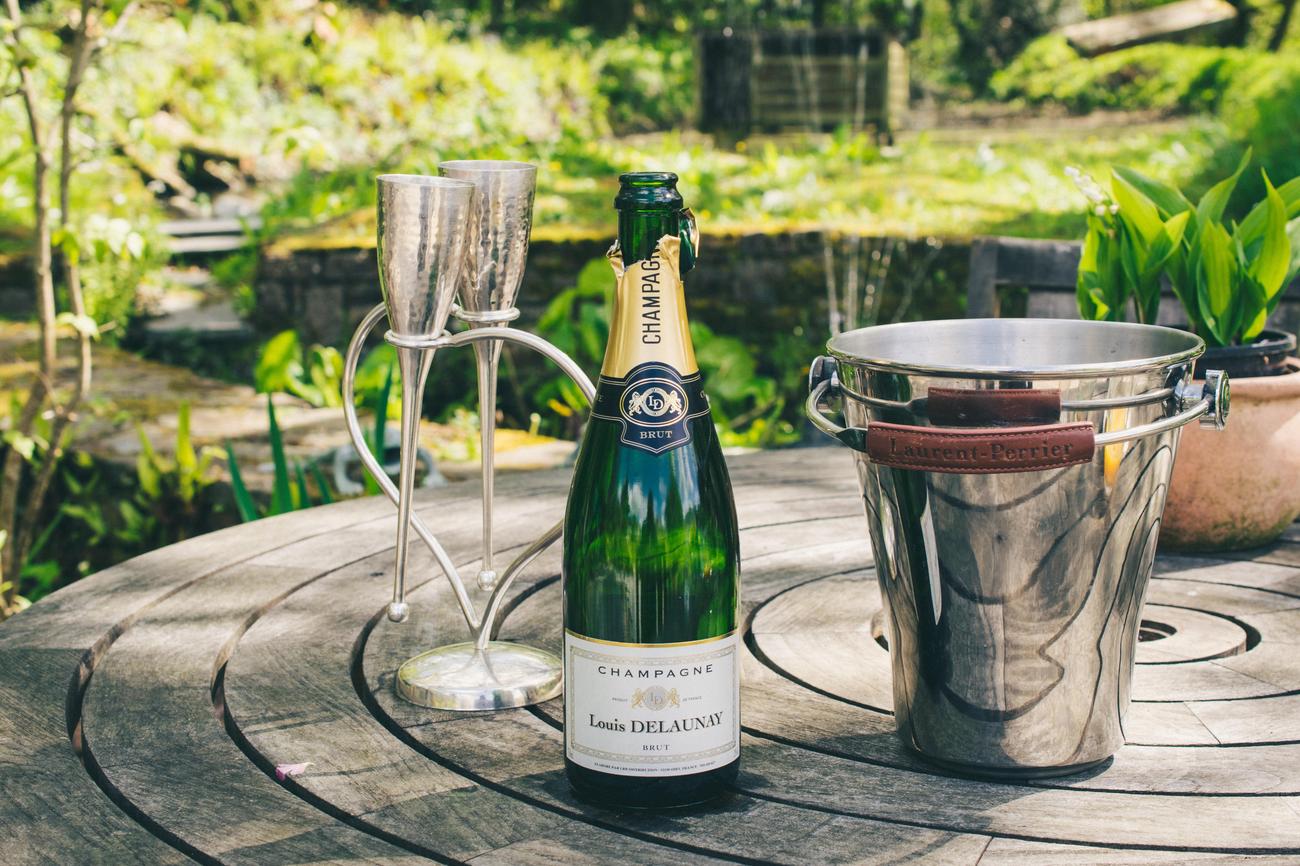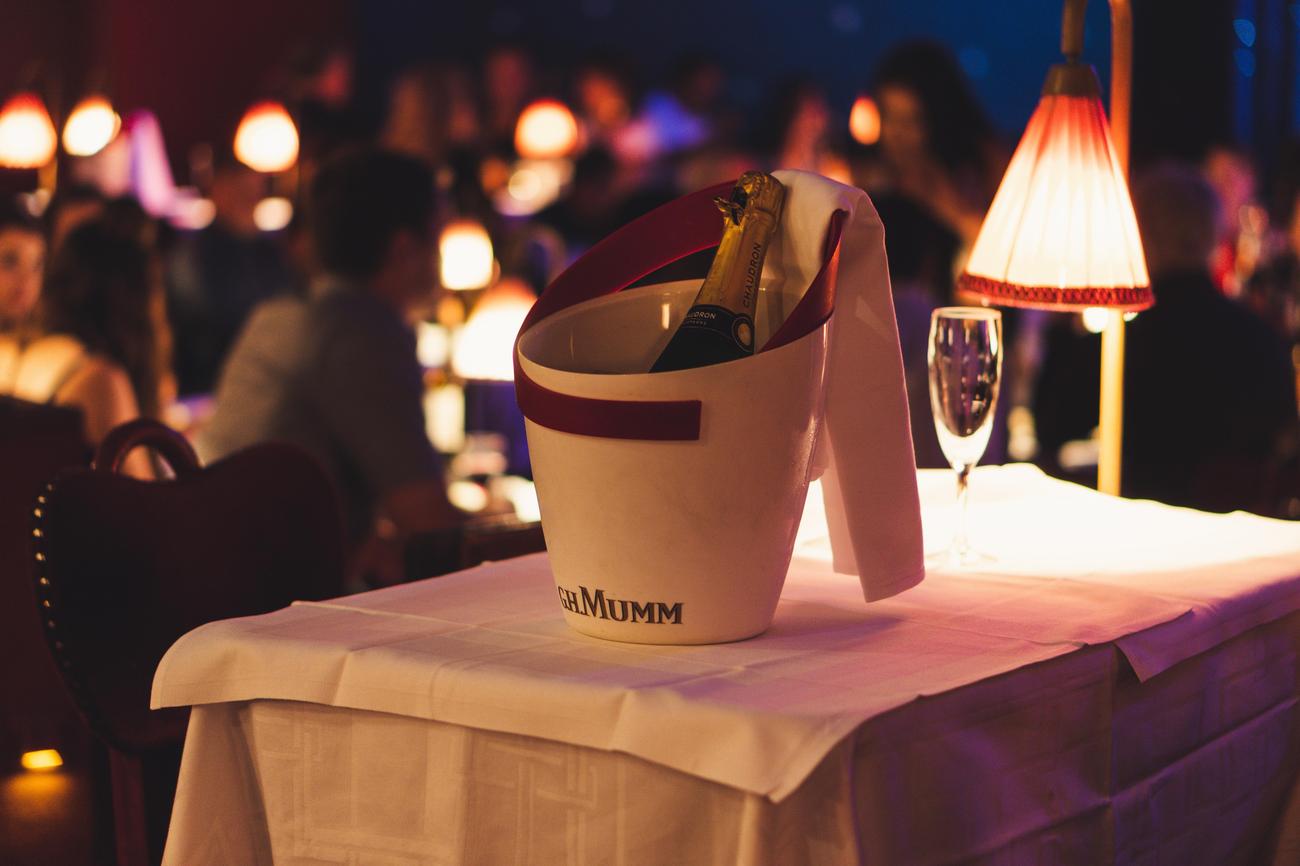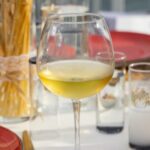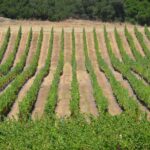Unearthing the Origins: The Nomenclature of Champagne

As enthusiasts of sparkling wine, we often find ourselves sipping on a glass of Champagne, mesmerized by its effervescence and complex flavors. However, have you ever stopped to ponder how this beloved beverage got its intriguing name? As an experienced wine historian and journalist, I have dedicated countless hours to unravelling the origins of champagne’s nomenclature. Through meticulous research and a deep understanding of the wine industry, I have delved into the enthralling history of champagne’s name, unearthing captivating stories that reveal the cultural significance and mystique behind this iconic sparkling wine. Join me as we embark on a journey through time, exploring the hidden tales that lie beneath every sip of Champagne and discovering the secrets behind its evocative name.
How did Champagne get its name?
Champagne, the sparkling wine that has captivated the palates of wine enthusiasts worldwide, has a rich history and a name that carries tales of ancient traditions. To truly understand the origins of Champagne’s nomenclature, we must journey back to the rolling hills of the province and unravel the fascinating stories that lie beneath its creation.
The name “Champagne” traces its roots to the Latin word “campania,” which aptly describes the picturesque landscape of the region. As we delve into historical documents, it becomes evident that the name “champagne” first appeared in the 12th century, signifying the beginning of its long and illustrious journey.
But how did this renowned sparkling wine earn its iconic name? The story begins with a fermentation accident that caused bottles to explode, earning Champagne the nickname “le vin du diable” or “the devil’s wine.” It was this very incident that led winemakers to embrace the effervescence of the wine, transforming it from a pale, pinkish still wine to the sparkling beverage we know today. Through this transformation, Champagne earned its rightful place as the epitome of celebration and luxury.
Before it became synonymous with celebration, the Champagne region was first cultivated by the Romans, who recognized the potential of this land for vineyards. They were the first known inhabitants to plant grapes in this fertile terroir, setting the stage for the future of winemaking in the region.
The early wines of Champagne were predominantly made from Pinot noir grapes, as winemakers sought to produce wines of equal acclaim as their Burgundian neighbors. However, the cold climate posed challenges in making red wine, pushing Champagne towards its destiny as a sparkling wine.
The pressure from fermentation in early French wine bottles often caused them to explode, giving rise to the art of bottle-making and the development of sturdy glass bottles. This evolution in bottle-making not only prevented accidents but also allowed the bubbles to develop within, creating the effervescence Champagne is famous for.
To summarize the captivating journey of Champagne’s nomenclature, we can’t help but marvel at the way it emerged from a fermentation accident. From exploding bottles to the resilient spirit of winemakers, Champagne’s name is a testament to the indomitable human spirit and the quest for perfection in winemaking.
As we raise our glasses to toast this extraordinary beverage, let us remember the stories and history behind each sip. The name Champagne carries with it the weight of centuries, embracing the legacy of the region’s winemakers, and reminding us of the enduring power of sparkling wine.
“The name Champagne traces its roots back to the rolling hills of the region, where winemakers have meticulously crafted sparkling wines for centuries.”
Champagne is a fascinating beverage, filled with rich history and delightful characteristics. Did you know that there are so many interesting fun facts about champagne? From its origins in the Champagne region of France to its association with celebrations and luxury, champagne has countless stories to tell. If you’re curious to learn more about these captivating tidbits, click here for fun facts about champagne. Cheers to discovering the hidden secrets behind this iconic sparkling wine!
To explore the intriguing world of champagne, hop on over to our page on fun facts about champagne. You’ll be amazed at the wealth of knowledge you’ll gain about this effervescent elixir. So, why wait? Take a sip and dive into the enchanting tales that surround champagne. Click here to uncover the fascinating fun facts about champagne. Your champagne adventure awaits!
If you’re in the mood for some bubbly knowledge, look no further! Discover the captivating world of champagne with our fun facts about champagne. Whether you’re a champagne connoisseur or just starting to explore the realm of sparkling wines, you won’t be disappointed. Click here to unlock a treasure trove of entertaining and enlightening facts about champagne. Let’s toast to expanding our knowledge together!
How Champagne is Made: The Intricate Process Unveiled
[youtube v=”29l9nTVJAB4″]
The Journey from Grapes to Bubbles
Champagne, the renowned sparkling wine, is a product of meticulous craftsmanship and undeniable artistry. In this article, we reveal the enigmatic process behind the creation of this fizzy drink that has captivated palates for centuries.
The Traditional Methods and Automated Innovation
From pressing to bottling, the making of Champagne involves a series of precise steps that ensure the quality and effervescence of the final product. Two prominent methods are employed in this process: the traditional method and automatic mechanical processes.
The traditional method, also known as the Champagne method, is a labor-intensive technique that relies on manual handling at various stages. It encompasses delicate procedures such as the manual turning of bottles and the removal of sediments through a process called riddling.
On the other hand, automatic mechanical processes have made their mark in recent decades. These modern advancements, including automatic pressing machines and gearbox technology, have streamlined the production process while maintaining the integrity and quality of the wines.
Attention to Detail: Crafting the Perfect Blend
Crafting Champagne is not a task for the faint-hearted. It requires immense precision and skill to achieve the desired taste and effervescence. The blending of various grape varieties plays a crucial role in creating the distinctive flavor profiles that Champagne is known for.
With every bottle, winemakers carefully select and combine different grape varieties, ensuring a harmonious blend. This attention to detail and pursuit of perfection ensures that Champagne consistently delivers a unique and unforgettable sensory experience.
Unleashing the Magic of Fermentation
Fermentation is the magical ingredient that gives Champagne its characteristic bubbles. To achieve this, winemakers allow a second fermentation to occur in the bottle, creating carbon dioxide, which is trapped and results in the delightful fizz.
Winemakers meticulously control the fermentation process to maintain consistency and the desired level of effervescence. Through their expertise and meticulous attention to detail, they strike the delicate balance between elegance and vibrancy in every bottle.
The Age-Old Tradition: Blending and Cellar Aging
Blending plays a crucial role in Champagne production, allowing winemakers to achieve the desired flavor profiles and consistency. After the initial fermentation, blending different wines from multiple vintages creates a balanced and complex final product.
Once blended, Champagne undergoes a process of cellar aging, allowing the wine to develop its unique characteristics over time. This patient journey results in a wine that embodies the essence of craftsmanship and showcases the dedication of winemakers to their art.
Reflecting on Champagne’s Legacy
The name “Champagne” carries the weight of centuries of winemaking expertise and dedication. Its genesis can be traced back to the picturesque region, once cultivated by the Romans who recognized its potential for vineyards.
Through centuries of refinement and innovation, Champagne has evolved from early still wines made from Pinot Noir grapes into the beloved sparkling wine we know today. The resilience of winemakers in perfecting their craft is exemplified by the nickname “le vin du diable” or “the devil’s wine,” born out of a fermentation accident that caused bottles to explode.
Champagne’s enduring power lies in its ability to captivate our senses with its effervescence and elegance. It is a testament to the unwavering pursuit of perfection in winemaking and continues to be celebrated as the epitome of luxury and celebration.
Connoisseurs and enthusiasts alike can raise a glass and appreciate the rich history and intricate craftsmanship that go into every bottle of Champagne, forever capturing the essence of celebration and joy. As Madame Lily Bollinger once remarked, “I only drink Champagne when I’m happy, and when I’m sad. Sometimes I drink it when I’m alone. When I have company, I consider it obligatory. I trifle with it if I’m not hungry and drink it when I am. Otherwise, I never touch it—unless I’m thirsty.”

FAQ
Q: What is the origin of the name Champagne?
A: The name Champagne comes from the Latin word “campania,” which refers to the rolling hills of the province where this sparkling wine is produced.
Q: When was the name “champagne” first used?
A: The name “champagne” first appears in documents in the 12th century, indicating its early association with the region and its unique wine.
Q: How did Champagne earn the nickname “the devil’s wine”?
A: The first champagne in France was the result of a fermentation accident, causing the bottles to explode. This led to the nickname “le vin du diable” or “the devil’s wine.”
Q: Who were the first known inhabitants to plant vineyards in the Champagne region?
A: The Romans were the first known inhabitants to plant vineyards in the Champagne region, laying the foundation for the wine production that would become famous.
Q: How did the early wine of the Champagne region evolve into sparkling wine?
A: The wine of the Champagne region initially started as a pale, pinkish still wine made from Pinot noir grapes. Over time, winemakers developed the sparkling technique known as méthode champenoise, transforming Champagne into the renowned sparkling wine it is today.
- Revolution Space: Disruptive Ion Propulsion Transforming Satellites - April 24, 2025
- Race Through Space: Fun Family Game for Kids - April 24, 2025
- Unlocking the Universe: reading about stars 6th grade Guide - April 24, 2025
















